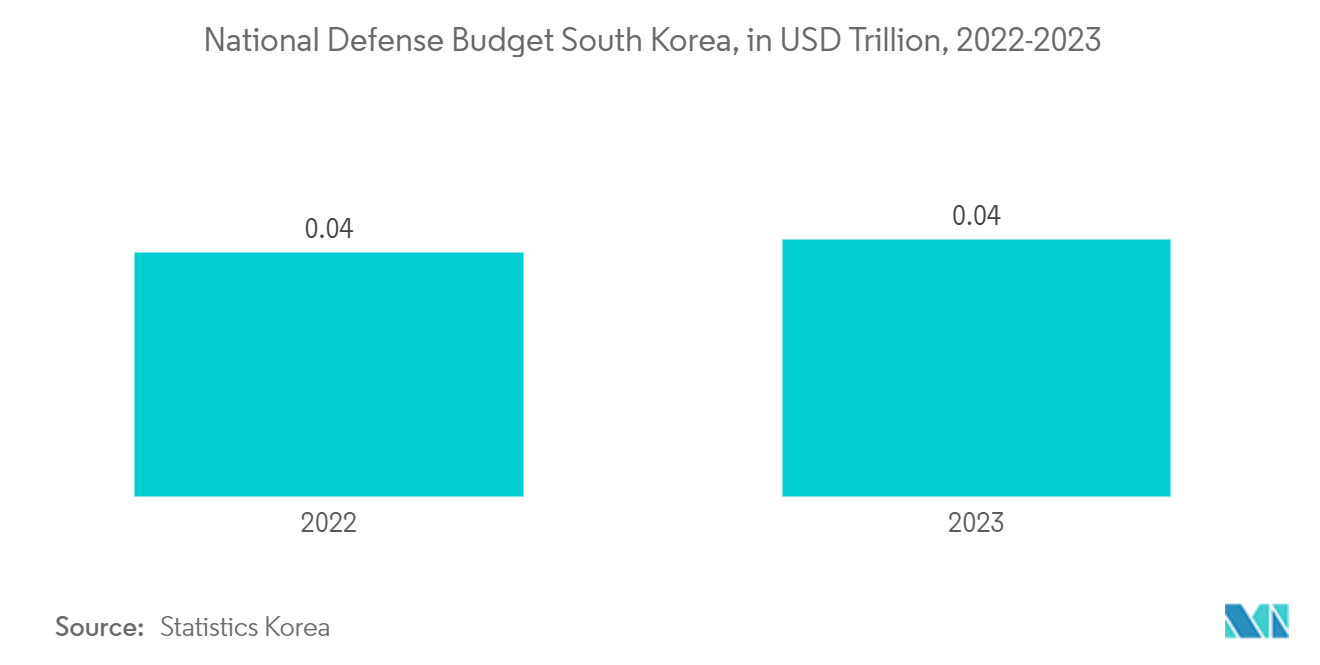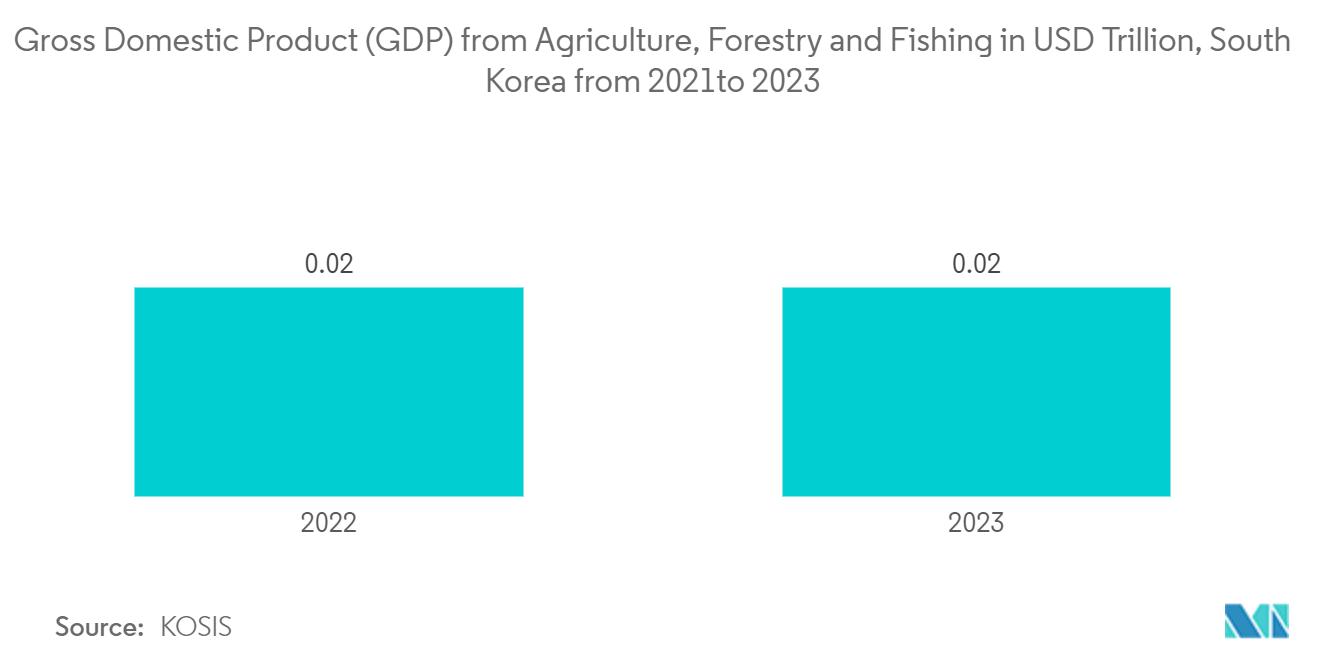Market Trends of South Korea Satellite Imagery Services Industry
Growing Use of Satellite Imagery Services in Military and Defense Sector
- Satellite imagery services play a crucial role in the military and defense operations of South Korea. As it provides valuable intelligence to South Korean military intelligence agencies. It allows them to monitor and analyze activities in neighboring countries, especially North Korea. Satellite imagery can help identify military installations, detect missile launches, track troop movements, and assess infrastructure changes.
- Satellites equipped with high-resolution imaging sensors can capture real-time imagery, enabling the South Korean military to monitor areas of interest, including sensitive border regions and disputed territories. This information helps maintain situational awareness, identify potential threats, and plan military operations.
- For instance, in 2022, ST. LOUIS, a South Korean company specializing in satellite imagery analysis developed new techniques to identify missiles, launchers, and supporting infrastructure in North Korea, as North Korean missiles posed a significant threat to neighboring countries, including South Korea, as they carried nuclear and biochemical weapons.
- Looking at the growing technology in defence. the Statistics Korea has announced a mid-term defence budget in In 2023, South Korea allocated approximately 57 trillion South Korean won (USD 0.41 USD) to its national defense budget. This investment will change the shape of South korean defence sector and boost the adoption of new imagery satellite with high resolution images.
- On the other hand, South Korea's geographical location and its maritime disputes with neighboring countries necessitate a strong focus on maritime security. Satellite imagery helps monitor maritime activities, including ship movements, illegal fishing, and potential threats to territorial waters. It assists in enhancing maritime domain awareness and supporting the South Korean navy's surveillance and response capabilities.

Growing Requirement of Satellite Imagery Services in Agricultural Sector
- Satellite imagery allows farmers and agricultural experts to monitor crop growth, health, and performance over time. Analyzing the images, they can identify issues such as nutrient deficiencies, diseases, and pest infestations. This information helps farmers take timely actions, adjust irrigation and fertilization strategies, and make informed decisions to maximize crop yield and quality.
- Moreover, South Korean farmers are adopting precision agriculture techniques that involve the use of satellite imagery, GPS technology, and other data analytics tools. The imagery helps them create detailed field maps, enabling precise application of fertilizers, pesticides, and water. This targeted approach reduces waste, improves resource efficiency, and minimizes environmental impact. For instance, in March 2023, Corteva Agriscience announced the commercial launch of Adavel active, with recent product registrations in three countries, including South Korea.
- Also, the South Korean government is continiously increasing its investment to increase its agricultural sector in the country. In order to this in October 2022, the Korean government announced that it will nurture 30,000 young farmers by 2027. Moreover, to increase the technological advancement in agriculture the South Korean government is also providing a monthly subsidy of 1.1 million won for three years to 4,000 young farmers.
- Furthermore, Satellites equipped with various sensors can capture high-resolution images of agricultural fields from space. These images provide valuable insights into the health and condition of crops. By analyzing the satellite data, farmers can identify potential issues like pest infestations, nutrient deficiencies, or diseases affecting their crops. This early detection allows them to take timely and targeted actions to protect their crops from damage and improve yields. Also, it allows farmers to monitor the growth and development of their crops over time. By comparing current images with historical data, they can track the progress of their crops, evaluate the effectiveness of their farming practices, and make informed decisions for the future.


